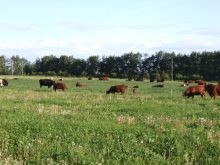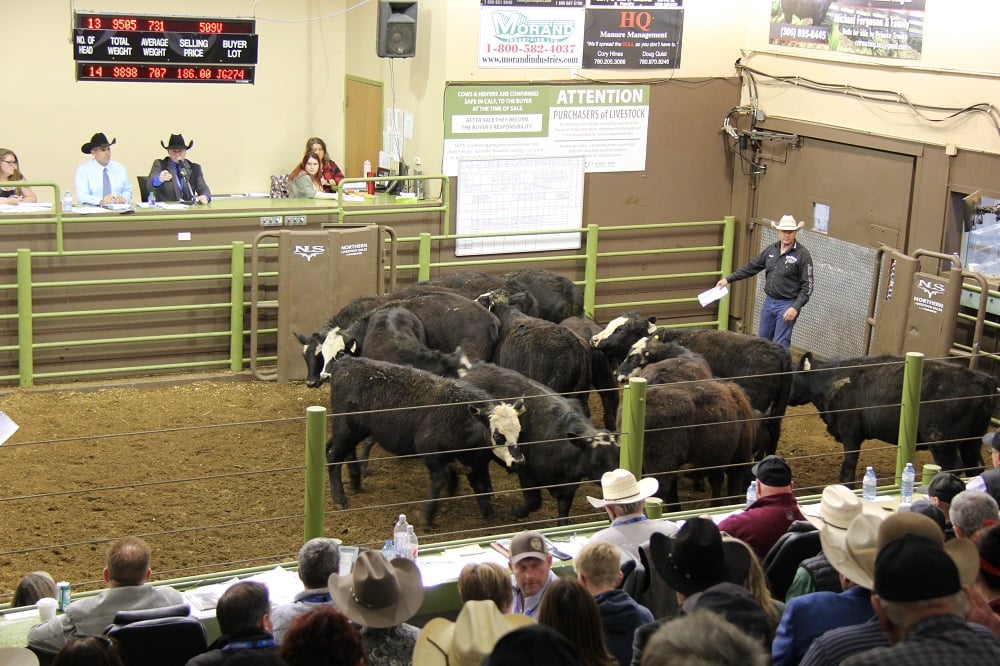China’s economic growth in the first quarter of 2021 hit a record 18.3 per cent, and that economic growth has translated into more beef imports.
As of March, China imported 623,947 MT of beef with a growth rate of 20 per cent year-over-year. Canadian beef import volumes grew 143 per cent compared with the same period last year, reaching 3,594 MT and $24.4 million in value. Overall import values dropped by six per cent as pricing returned to normal compared with the same period in 2020.
China’s U.S. beef import volumes increased by 629 per cent in the first quarter. U.S. imports replaced market share from Australia, whose import volumes decreased by 48 per cent for the same period. The U.S. also gained access for 31 more beef plants to export to China. April beef prices, especially for grain-fed cattle, increased 10 to 20 per cent from the previous month. Beef cuts in shortage are increasing in price even more, especially short plate.

Grain-fed beef prices are rising in Hong Kong — especially U.S. beef — due to shortages. Prices for popular beef cuts like rib-eye and striploin were up by 15 to 20 per cent compared to April 2020. As of March, Canadian beef import volumes dropped by 19 per cent, while U.S. beef volumes dropped 15 per cent and Australian volumes dropped by 21 per cent.
Read Also

Body condition, nutrition and vaccination for brood cows
One of the remarkable events of the past century related to ranching has been the genetic evolution of brood cows….
In Hong Kong, the government has loosened social distancing policies as the pandemic appears to be under control. With a massive vaccination plan underway, the quarantine policy between Hong Kong and the mainland is expected to ease. This will benefit tourism and Hong Kong’s overall economy. Hong Kong’s beef imports in the first quarter totaled 146,434 tonnes, a two per cent decrease compared to last year. With further easing of COVID-19 restrictions and food service sales slowly recovering, imported beef demand is expected to increase. However, with the intensified crackdown on grey channels to mainland China and the local economy facing a recession, uncertainty remains around growth in Hong Kong’s imported beef volumes.

Retail sales grow in China, drop in Hong Kong
China’s overall retail sales grew 34.2 per cent year-over-year in March, up 0.4 per cent from the first two months of 2021. As life has returned to normal, off-line retail sales were challenged; a year ago consumers were hoarding goods, which inflated sales. Continued regulations have restricted sales of imported meat in supermarkets. Retailers remain hesitant to introduce new sources of imported meat and are tending to increase their domestic beef sale programs.

Hong Kong’s retail sales dropped by 10 per cent compared with the previous month. Retailers are concentrating more on retail promotions to drive sales, and in-store sampling promotions are being allowed once again. Steak cuts are selling well as a popular seasonal item.
China’s foodservice rebounds, lack of tourism challenges Hong Kong
China’s foodservice and catering rebounded in March, posting the first positive growth since the COVID-19 outbreak. Foodservice recovery contributed a lot to imported beef sales. Take-out and delivery continue to be key drivers of food service sales. Frozen semi-cooked foods from well-known restaurants have become increasingly popular, especially since the COVID-19 pandemic. Big food service brands are exploring opportunities in retail sales channels by introducing their frozen semi-cooked products.
In Hong Kong, the government loosened the limit on the number of diners per table to eight, as long as both catering staff and the clients are vaccinated. Banquets are also allowed again if following the same rules. Catering sales have recovered by 10 per cent, compared to April 2020, thanks to looser food service restrictions. Nonetheless, food service recovery remains challenging due to the lack of tourism resulting from continued international travel restrictions.
















